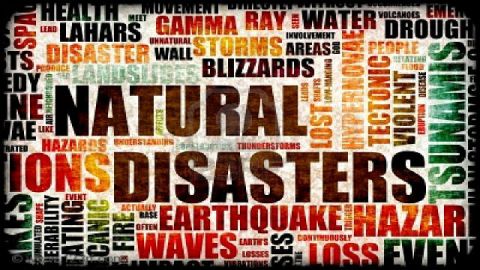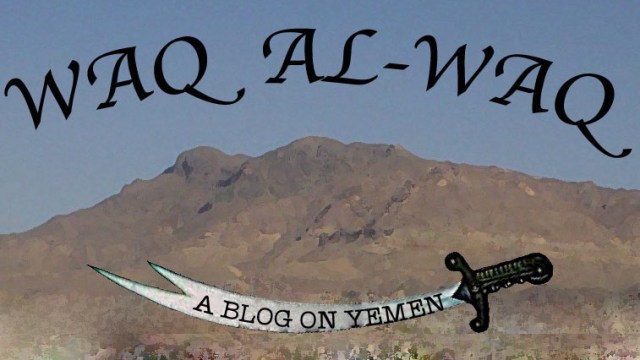Why DO We Live In Harm’s Way?

If you look east from most places in Seattle, you can see majestic Mt. Rainier looming tall and snow covered 80 miles to the west. Mt. Rainier is not just one of America’s most magnificent mountains. The U.S. Geological Survey says it is one of American’s most dangerous volcanoes, and that 80,000 people live in one of the zones that could be obliterated by a lahar – the wall of mud and rocks and water that speeds down the flanks of erupting volcanoes at 40-50 miles an hour – if Mt. Rainier erupts again.
Or rather, when it erupts again.
Just down the road, roughly 27 million Californians live within 30 miles of a major earthquake fault zone where seriously damaging ground shaking could occur in the next 50 years. It might take longer than that, or it might be sooner, but like Mt. Rainier erupting, the question of a major earthquake hitting some part of California is not a matter of whether it will happen. It’s just a matter of when.
It’s the same with hurricanes on the eastern and southern coasts, where more than 12 million people live right on the sure-to-be-hit shores of the Atlantic or Gulf of Mexico, and with serious floods that sooner or later will imperil some of the tens of millions of people who choose to live along rivers throughout the country. Everywhere you look, in fact, people live – many of them voluntarily – in harm’s way. Why?
Natural disasters provide one of the clearest examples of the subjective, emotional, affective nature of the psychology of risk perception. Why would anyone in their right mind choose to live in the shadow of a volcano, or directly above a huge earthquake fault zone, or on coasts and rivers that flood? Because when it comes to risk perception, being in one’s ‘right mind’ has less to do with rational probabilistic risk assessment than you might think.
Most of us don’t live where we do by full and complete choice. We are where we are because of a job, or family, or some other circumstance beyond our total control. After all, no matter how hard we paddle our canoe to direct it where we want to go, the river of life makes a lot of the decisions for us. But millions have chosen to come ashore right where they are, right smack dab in the way of natural disasters. In fact, many people choose to return to dangerous locations after their homes and belongings have been destroyed by natural disasters, sometimes even after they’ve lost loved ones. What is up with all that?
At least five aspects of our subjective system of risk perception come into play.
So those who are able to choose where they live, blithely risk living in harm’s way. And for the same reasons they aren’t worried about being there in the first place, they are often uninsured and unprepared, which only leaves them at greater risk, and the greater community saddles with much larger recovery costs. Most of the time the view is spectacular and the weather is fine and their lives are happy and safe. But then the ground shakes or the winds rage or the waters rise, and another huge round of suffering and loss, injury and death, reminds us all that subjective emotional way we read risk and try to protect ourselves, whether from natural disasters or any other kind of potential peril – sometimes put us squarely in harm’s way.





